Edible flowers have been part of numerous culinary traditions for millennia. The early Romans enjoyed lavender-infused sauces, while ancient Chinese royalty made wine from chrysanthemums. Revolutionary War-era American colonists brewed bee balm after boycotting British tea, and Victorian nobility spangled desserts with candied violets. Though less common in American home cooking today, around the world, edible flowers still brighten dishes with delicate flavors and vivid colors.
Here are a few examples:
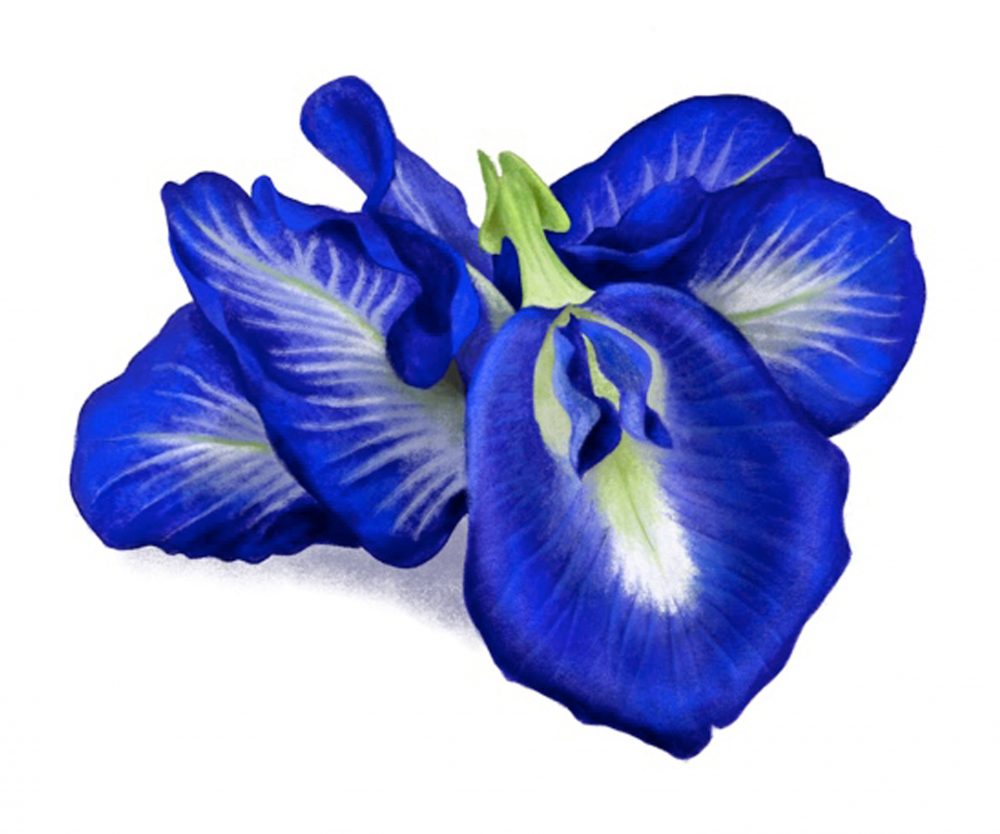
Butterfly Pea
Indigenous to Southeast Asia, the butterfly pea flower is prized for its vibrant color. In Malaysia, it lends its blue hue to dishes such as the country’s famed nasi kerabu rice and herbal teas made by steeping whole blossoms. But this flower’s real trick is its color-changing abilities: Because the petals are pH-sensitive, any butterfly pea infusion can transform from blue to pink or purple by adding a squeeze of citrus (or other acidic ingredients), making it a popular ingredient for color-changing cocktails.
Banana Blossom
Don’t expect banana flavor from these maroon-colored blooms. Instead, they have a meaty texture and neutral taste that works well with many seasonings. Popular in Asian cuisines, banana blossoms often are stewed with beef in the Philippines, cooked with galangal in Laos, made into spicy nam prik salad in Thailand, or served as fritters in India and Sri Lanka. When preparing banana blossoms, dip them in acidulated water to prevent browning and remove any residual tree sap.
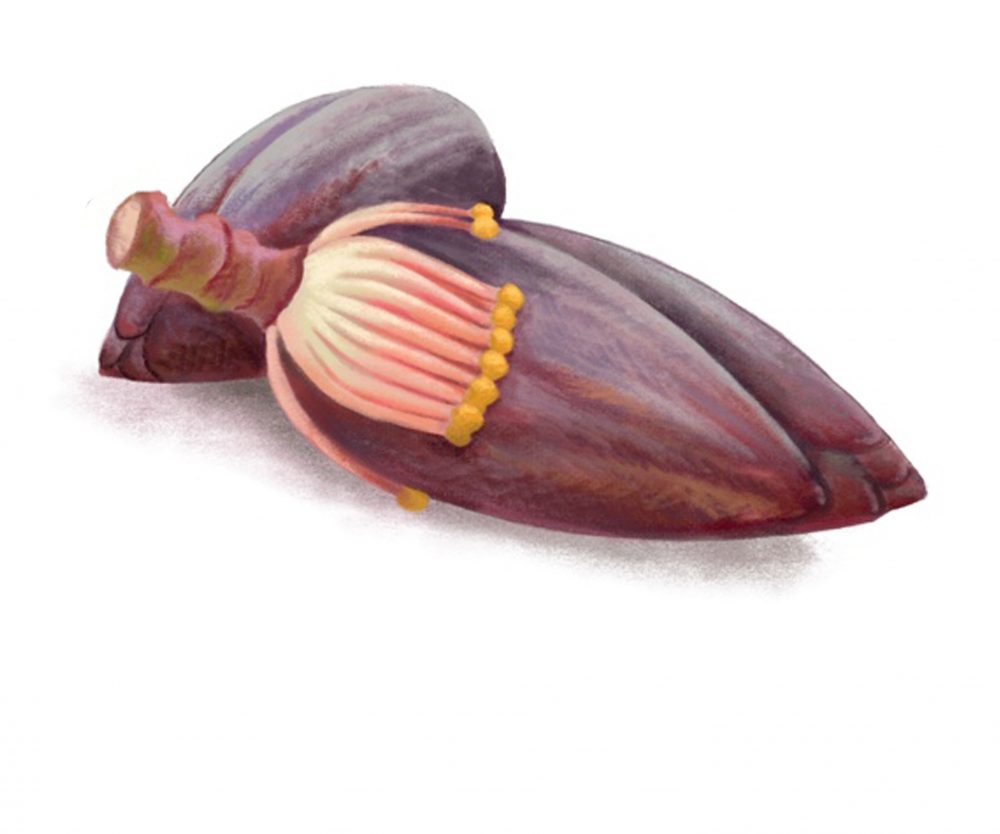
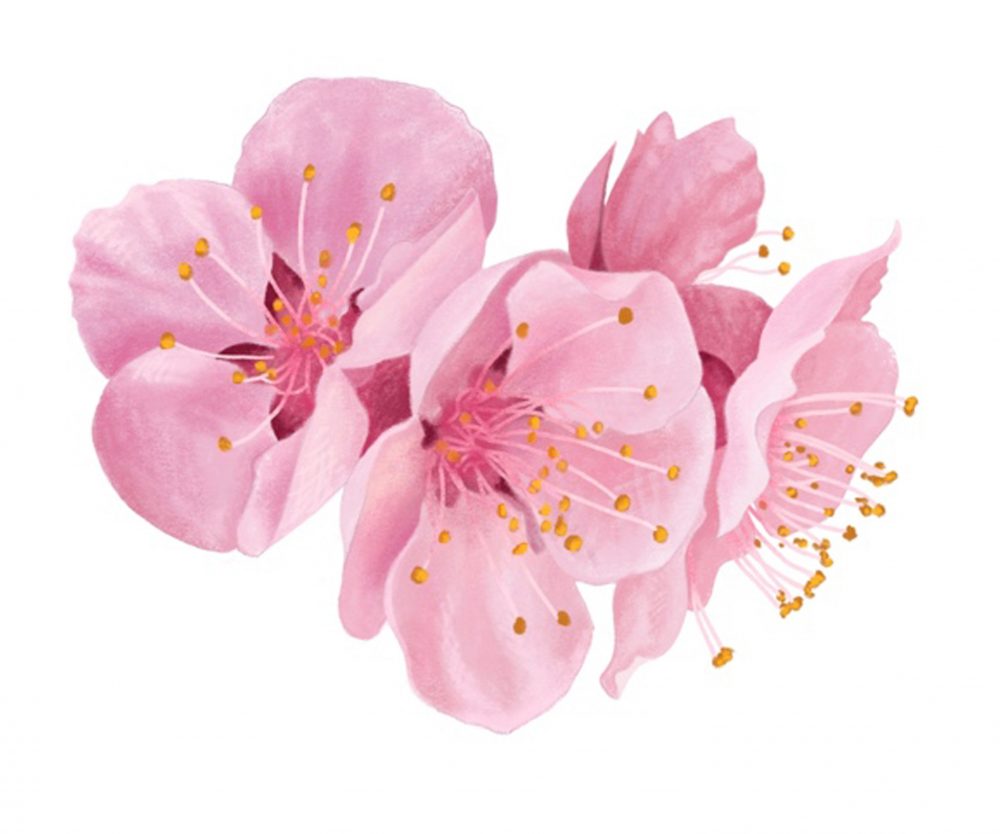
Cherry Blossoms (Sakura)
In Japan, spring marks the arrival of cherry blossom season. It’s an event as fleeting as it is beautiful, as the delicate, frothy pink flowers (known as sakura) last only a few days before falling from the trees. As such, these blossoms are symbolic of rebirth and renewal in Japanese culture. To preserve these ephemeral blooms, they often are pickled in plum vinegar, then used to flavor mochi cakes, candies, cookies, tea and even cocktails.
Myoga Ginger Flowers
Native to Japan, myoga ginger flowers offer the warm, peppery quality of ginger root, without its astringent bite. In Japan, the whole flower typically is used raw, often shredded, to enhance salads, miso soup, cold noodles or roasted vegetables, adding both crunch and a zesty kick. Korean cuisine also uses myoga: The flowers are threaded onto skewers along with meat, then pan-fried or grilled. Look for these at your local Japanese market; try them sautéed, deep-fried or as a garnish.
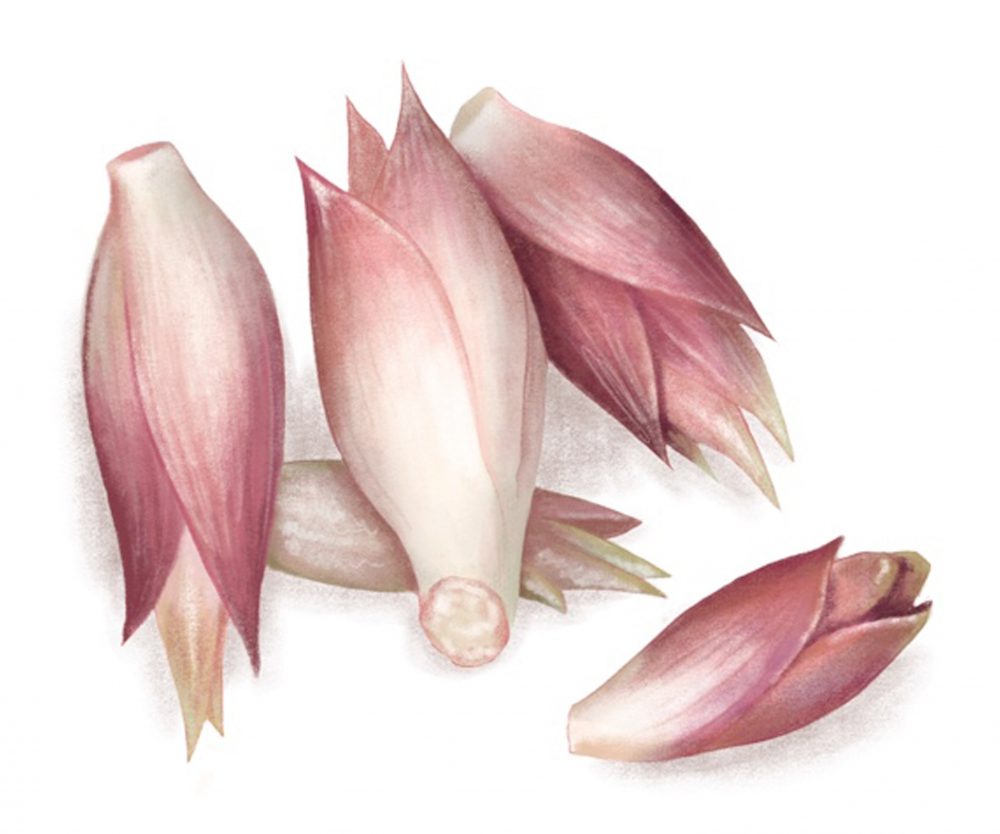
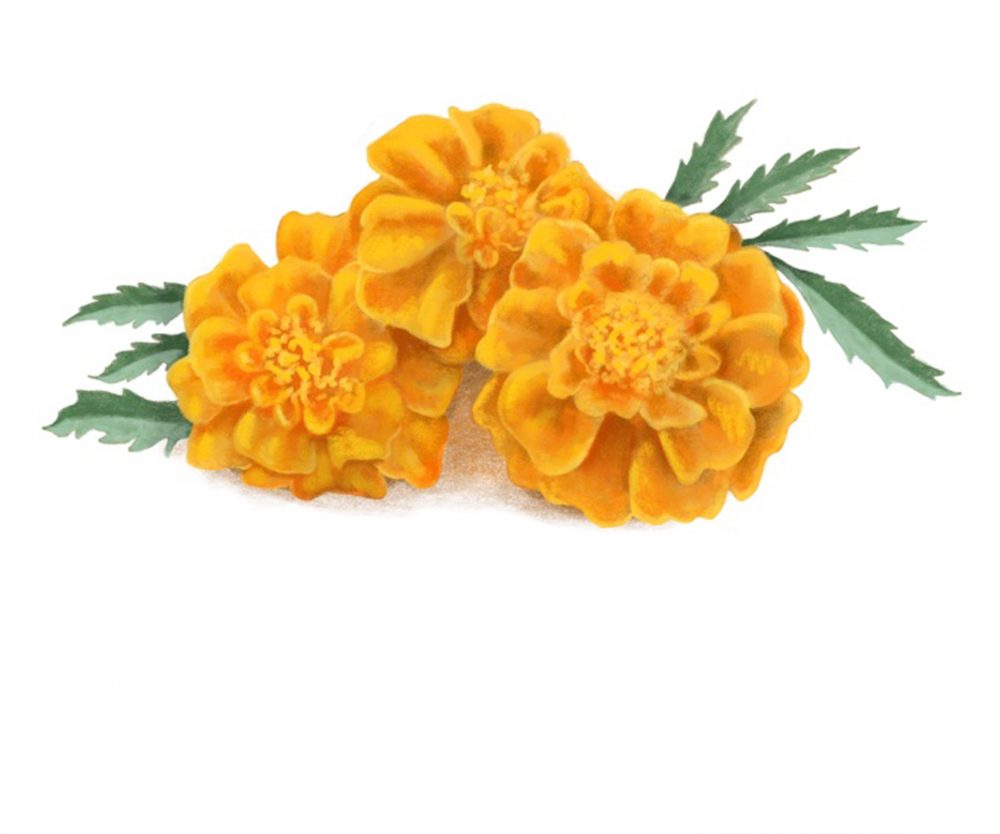
Marigolds
Sometimes referred to as “poor man’s saffron” because of their rich orangey-yellow hue, marigolds have been used in cooking since antiquity. Today, they play a particularly important role in Georgian cuisine, as a key ingredient in the traditional spice blend khmeli suneli, which is used to enhance roasted meats, stews and vegetable dishes. Fresh marigolds also can be wonderful in salads—some types have a light bitterness, tang and citrusy quality, making them a fitting substitute for tarragon.






